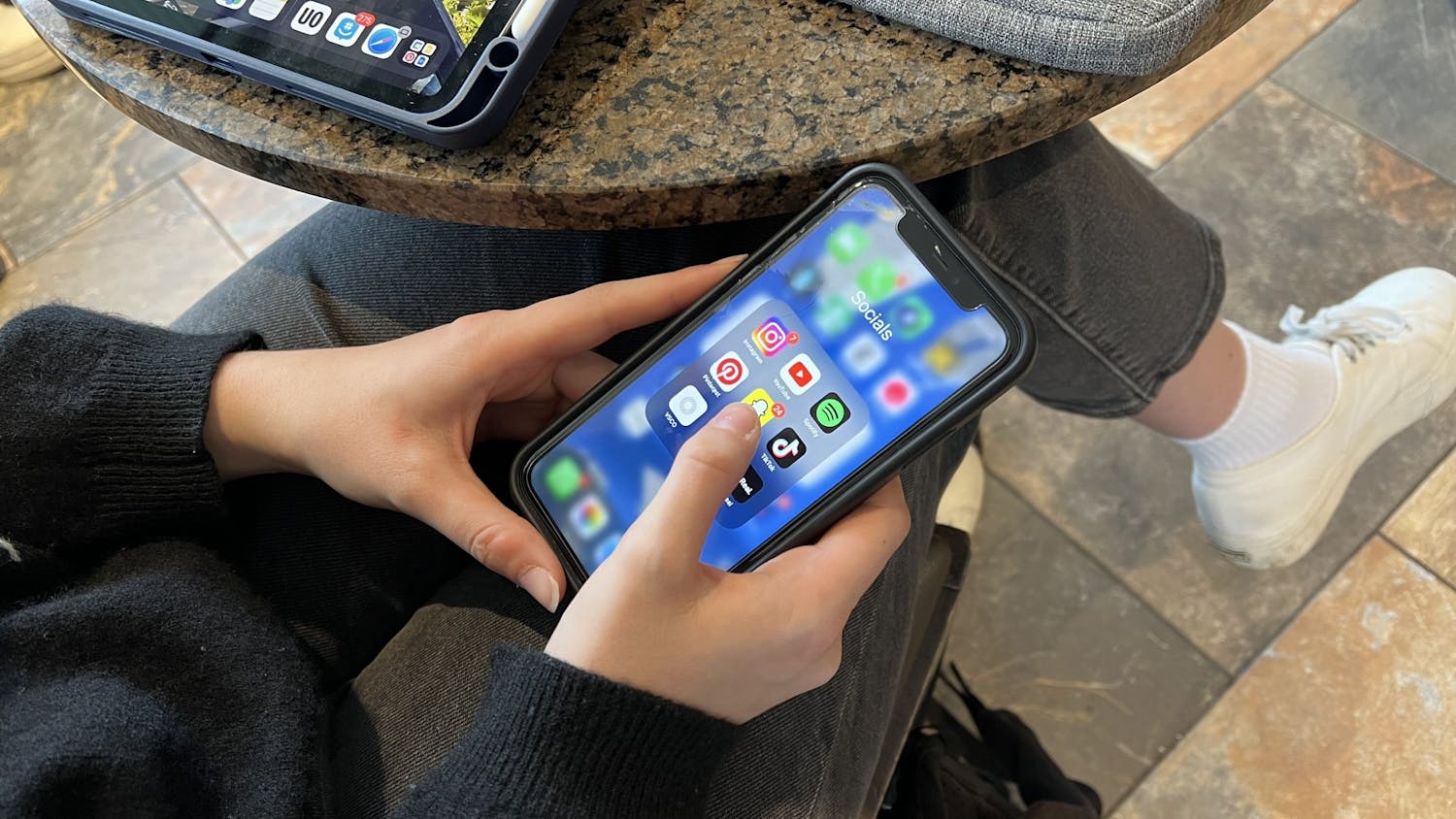After 15 years in Ft. Atkinson, Wis., Tim and Brenda Kasmar-Ehlers were hungry for change-literally. With the last of their children out of the house, the couple quit their jobs, emptied their bank accounts and opened a restaurant, Larry B's, 617 State St., in February. The couple are the newest additions to the economic engine for Madison's downtown economy.
State Street's growth has been driven by a constant stream of pedestrian traffic from state office workers, students, tourists and nightlife seekers. The diversity of people and stores also encourages friendly competition that keeps business owners on their toes.
John Steven Agee, who for seven years has managed Knuckleheads Tobacco and Gifts, 550 State St., has seen many merchants come and go during his tenure.
\The shops that take care of their customers and stores are the ones that stay,"" he said.
Despite its strengths, State Street faces challenges, not only from other retail destinations, but also from demographic and real estate trends that threaten its distinctive identity.
One of these trends has been the transformation of State Street into an entertainment district, with a growing percentage of bars and restaurants relative to retail stores.
""The 600 block is looking more and more like the West Towne food court ... but with not as much free parking,"" said Ald. Austin King, District 8.
King also expressed a desire for State Street to remain predominately a retail district, noting that the city has the ultimate power to issue liquor licenses, a tool which could be used to cap the density of bars on State Street if competition did not do it first.
In addition to changes affecting retail as a whole, growing real estate values have also threatened to put a damper on State Street's growth prospects, especially for small businesses.
Since state law requires taxes to be paid on 100 percent of a property's fair market value, Ald. Mike Verveer, District 4, said some property owners and renters have been feeling squeezed as new investors have entered the market since the Overture Center opened.
King suggested that while rent controls are not an option, legislation to create a historic district could limit the growth of national chains. King blames rising rents on the increasing presence on State Street of national chains such as the GAP and Starbucks.
""Nobody's going to State Street to eat at Taco Bell,"" King said.
However, Kris Grutzner, vice president of programming for DMI, said in 2004, 86 percent of businesses in the State Street and Capitol Square area were independent and local, a figure that has not changed since DMI conducted its first survey in 1998.
One factor behind the slow expansion of national chains has been the unique character of State Street's buildings. According to Schmitz, almost all of the buildings on State Street have less than the 1,000 square feet of available retail space that chains set as the minimum size for their outlets.
Indeed the presence of some national retail outlets, like Urban Outfitters, 604 State St., may actually support local business, according to Verveer, by offering a unique destination for out-of-town shoppers who then browse other shops during their visit.
Business owners and politicians are not only concerned with meeting the demands of the present, but planning for State Street's future success.
The city's efforts have centered around the State Street Redesign Project. Federal grant dollars have been used for decorative features such as map stands and lamp poles while the city has put in new sidewalks, curbs and gutters. The 100 block has already been completed and the 200 block is scheduled for this summer, with the process continuing until 2007.
In addition to improving the sidewalks, the buildings are also getting a face-lift, using grants worth $10,000. Verveer said these grants have been used on over a dozen buildings in the State Street area.
The second catalyst has been the Business Improvement District, a self-imposed tax started in 1999 and collected by the city and based on a merchant's store frontage. According to Courtney Hartung, DMI's BID Programming Coordinator, the BID will spend $321,340 on programs including ambassadors who provide directions to visitors and a downtown map and guide.
As much as improvement efforts have brightened State Street, much of its appeal is intangible-there are no planning statistics for a conversation in a sidewalk caf??, the sound of musicians or the smell of exotic coffee and food.
Reflecting on the unique appeal of State Street, Schmitz said, ""It's Madison's; it's not Anywhere, USA.""






